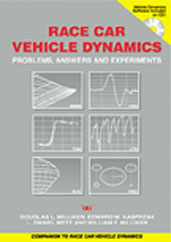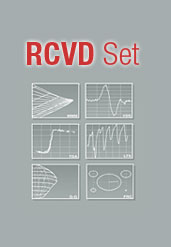Technical Paper
Potential for Passenger Car Energy Recovery through the Use of Kinetic Energy Recovery Systems (KERS)
2013-04-08
2013-01-0407
Various mechanical and electromechanical configurations have been proposed for the recapture of vehicle kinetic energy during deceleration. For example, in Formula One racing, a KERS (Kinetic Energy Recovery System) was mandated by the FIA for each racing car during the 2011 World Championship season and beyond, and many passenger car manufacturers are examining the potential for implementation of such systems or have already done so. In this work, we examine the potential energy savings benefits available with a KERS, as well as a few design considerations. Some sample calculations are provided to illustrate the concepts.


